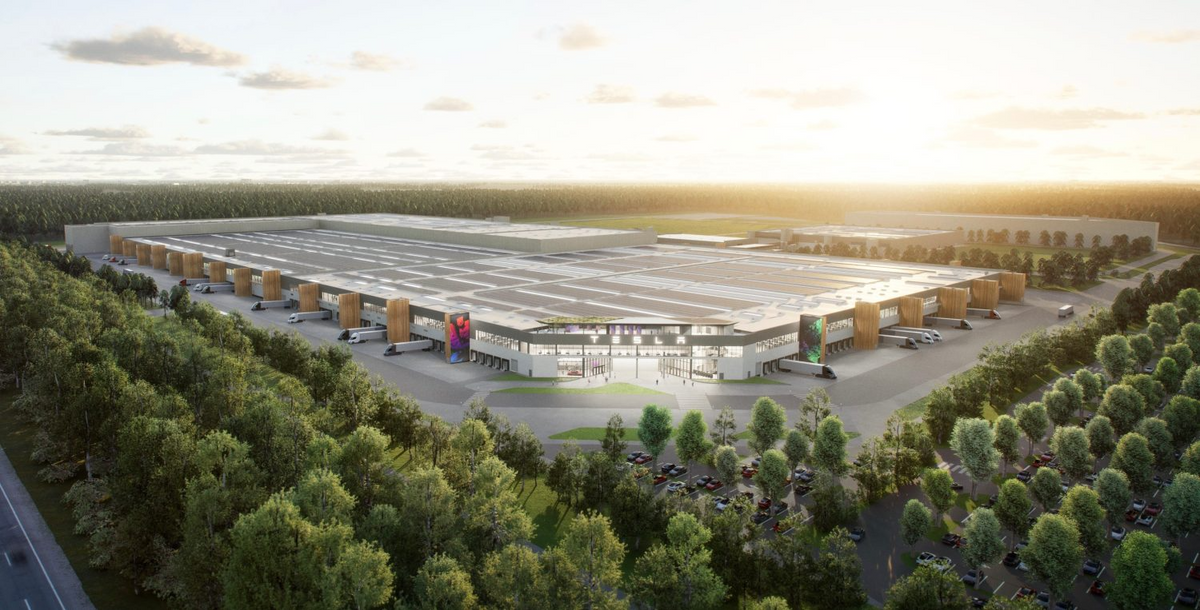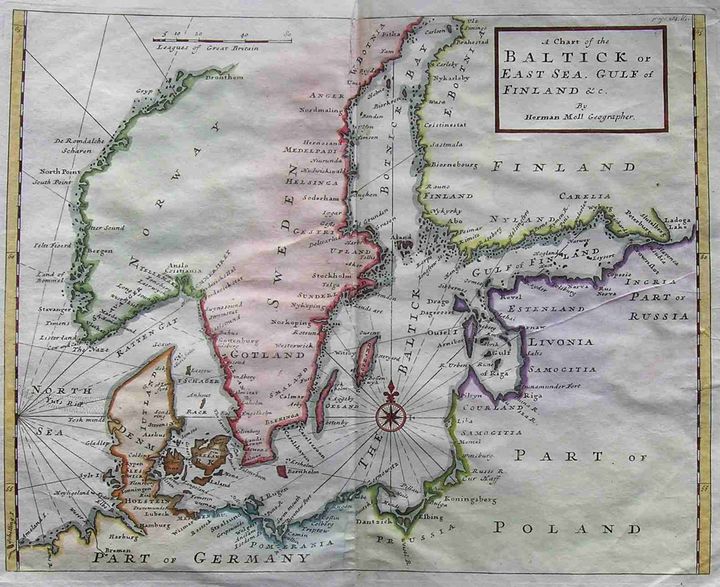On EVs, mineral problems, and industrial policy
In which a well-timed bit from the Washington Post interrupts a conversation I was already having about battery chemistry... and completely fails to mention the bigger picture!

So I was literally just talking to some local friends about battery chemistry (you know, as one does) on our really tremendous little local mastodon instance, and what do you know but this WaPost Climate Coach newsletter arrives in my inbox with the stirring headline: EVs Have a Mineral Problem.
Which, in case you didn't know—the traditional/most common Lithium-ion battery, such as talked about in the piece, are Lithium-NMC batteries. They use some combination of nickel, manganese, and cobalt in addition to lithium, and do currently raise a lot of red flags from an environmental and social scalability standpoint. Especially cobalt, which is frequently (and in the WaPo piece) called out as the "blood diamonds" of the rare earths industry. And it's true that the majority of current EVs, especially those produced for the US market, use this chemistry. But here's the thing: they don't have to, and not only that, EVs currently produced outside the US have already made a switch—while plants to produce batteries with a less hostile chemistry are in progress in the US.
The WaPo article, somewhat surprisingly, doesn't mention this at all. What is this quote-unquote new battery with no cobalt? Well, it's a Lithium-iron technology, sometimes called LiFePO4 or LFP for short.
The supply chain to make these batteries doesn't have to run from Congolese blood cobalt to ethnically cleansed Uyghur territory via the Afghani hinterlands. It doesn't have to involve "rare earths." The lithium doesn't have to come from mines in Russia, China, or Indonesia. There are huge lithium reserves in Australia, Latin America, Europe, and right here in the United States. Iron and phosphate are abundant. LFP is a chemistry—a proven one, actually—that can free EVs and other large scale battery systems from the claim that they "have a mineral problem."
The two largest EV companies in the world are BYD and Tesla. BYD is a Chinese company that you might not have heard of, but I'm sure you've heard of Tesla. Both have switched to LFP batteries on their vehicles—outside the United States. It's really just a matter of time before the switchover happens here, for a few reasons—the aforementioned cobalt issue, the longevity of LFP batteries, and the matter of the new language on mineral and assembly sourcing for EV makers that want to qualify for the $7,500 tax credit here in the US—and that's every company! Industrial policy: it matters!
A brief aside on the technical tradeoffs between LFP and Li-NMC: Li-NMC batteries have a higher energy density, meaning that they store more charge per unit of weight than LFP. Which is why LFP batteries are not coming to your smartwatch any time soon. But on car or home-backup scale use cases, the difference is not such an obstacle. Li-NMC batteries can charge and discharge a little faster, given adequate thermal controls. But the LFP chemistry is more resilient, providing less risk of runaway thermal effects (read: fire), deeper discharge, and they wear out more slowly. You might have heard some stories about Teslas catching fire? That's much less likely with the Shanghai-built Teslas, which sport LFP batteries licensed from CATL.
Now, the industrial policy provisions in the EV tax credit were far from perfect[[1]], but they've already made a huge difference. The WaPo piece doesn't mention this either, but there have already been over $11 billion worth of investment in LFP battery production facilities in the United States—Ford is building a plant in Michigan to produce CATL-licensed LFP cells, Hyundai has committed to a similar plant elsewhere in the US, and a raft of other companies have made similar commitments. Not bad for an imperfect bill. Not bad at all.
Sure, right now we don't mine enough minerals here in North America to make LFPs without importing raw materials from elsewhere. Probably, for now, China. But we could change that too! As I mentioned above, it's not like we don't have the resources here. Why, we might even attempt more industrial policy to on-shore more production. The fact that we don't produce enough lithium or iron domestically is basically just down to a set of political decisions we made.
There's more good news here as well! Research and development of new battery chemistries has not stopped—far from it! I recently ran across this excellent spreadsheet outlining and comparing all of the various known efforts:
So the picture for EV batteries isn't nearly as bleak as all that, contrary to the headline. The article points about that even with Li-NMC, EVs have about half the systemic manufacturing impact that ICE vehicles do. Outside the US, the major EV makers have already begun to transition to a superior chemistry that will probably help push that lower. Meanwhile, the IRA's provisions have kicked off a wave of investment that will help the US transition as well—and perhaps we might even see more domestically sourced raw materials. We can if we want to!
You might be the sort of person that wonders about backup batteries for the home, perhaps in conjunction with a solar installation. Of the major players, only the Enphase IQ battery system uses LFP batteries right now. Tesla Powerwalls and LG ResuPrime batteries are still lithium-NMC technology... though I have to imagine that as Tesla transitions to LFP cells in their vehicles in the US, the Powerwalls will make the switch as well. In fact, I recently saw a headline that suggested the 3rd-generation Powerwalls will indeed be LFP. I don't know about Panasonic, but I seriously doubt that Korean industrial policy will let LG rest on their laurels without attempting to develop an LFP pack for the US market—and sure enough, a cursory internet search suggests that they are working on it too.
I don't intend to claim that the LFP chemistry is the best possible answer—that spreadsheet up there suggests we've got a lot of arrows in the quiver still—but I think at this point I can safely say that it is at least a proven answer to whatever problem EVs might have with minerals.
[[1]]: For one, the materials and manufacturing requirements probably should have phased in a wee bit more gradually. There are some other quibbles, too, but this isn't the article to really get into that.


Comments ()